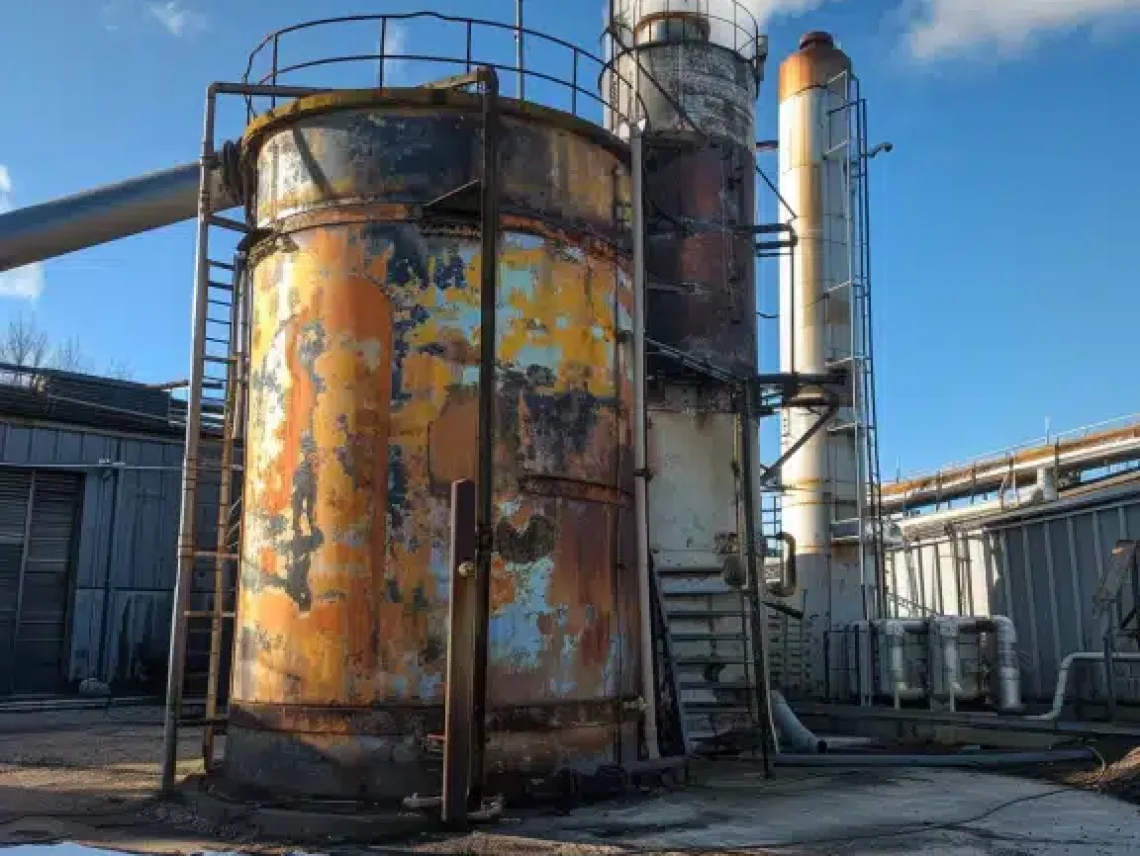
Well pressure tanks are essential components of water systems that can experience various issues over their 8-12 year lifespan. Understanding pressure tank troubleshooting and recognizing early warning signs can help prevent costly repairs and ensure consistent water pressure throughout your home.
If you notice inconsistent water pressure throughout your home, it could be a sign of a failing pressure tank. This typically manifests as:
Unusual sounds from your pressure tank often indicate trouble that requires immediate attention, including:
A waterlogged tank can lead to pump failure and decreased water pressure. Key symptoms include:
Regular inspections every 6 months can prevent this problem from escalating.
Corrosion is the main cause of pressure tank failure, typically occurring after 8-10 years of service. At Red River LLC, we use corrosion-resistant materials to prolong the lifespan of our tanks and prevent premature deterioration.
Sediment accumulation can affect the tank’s overall performance by reducing available storage capacity and clogging internal components. Regular maintenance every 12 months is fundamental to preventing this issue and maintaining optimal water well pressure tank performance.
The bladder or diaphragm in a pressure tank can wear out over time, leading to decreased efficiency. Common causes include:
Our tanks are designed for durability and longevity to minimize these issues.
If you word inconsistent water pressure, it could be a sign of a failing pressure tank.
Unusual sounds out of your pressure tank regularly suggest trouble that desires instantaneous interest.
A waterlogged tank can result in pump failure and decreased water pressure. Regular assessments can save you this problem.
Avoiding installation mistakes is crucial for the optimal performance of your pressure tank. Frequent errors include:
Our team ensures professional installation, adhering to the highest industry standards and local building codes. Professional installation typically reduces failure rates by 60-70% compared to DIY installations.
We provide a comprehensive checklist to ensure your pressure tank is installed correctly for maximum efficiency:
We help determine whether to repair or replace your pressure tank, considering cost-effectiveness and long-term performance. Generally:
Planning for maintenance costs is essential for long-term system reliability. Annual maintenance typically costs $150-300, while major repairs can range from $400-800. We offer competitive pricing and reliable service to help you budget effectively.
Understanding the financial impact of tank failure helps in making proactive decisions. Complete system failure can result in:
Our solutions are designed to minimize these financial impacts through preventive maintenance programs.
Red River specializes in the design and manufacturing of pressure vessels. We also fabricate related items such as prefabricated spools and skid packages.
Reach out to us today and experience the Red River difference. Where American-made products and American Values come together, we care more.
Ignoring minor problems in well pressure tanks can lead to significant long-term consequences. Small issues like slight fluctuations in water pressure or minor sediment build-up, if left unaddressed, can escalate into major complications.
These complications include complete tank failure, substantial water damage, and costly emergency repairs that can cost 3-4 times more than preventive maintenance. Minor issues can also reduce the overall performance of the water system, leading to 15-25% higher energy costs and reduced water quality that affects daily household activities.
Yes, the geographical location can significantly affect the lifespan of a pressure tank. Several environmental factors play crucial roles:
Water composition varies by region – areas with hard water (over 7 grains per gallon) may experience faster mineral accumulation within the tank. Climate conditions also matter, as regions with high humidity can contribute to external corrosion, while extreme temperature fluctuations can stress tank materials.
Soil properties affect groundwater chemistry, and coastal areas may have higher salt content that accelerates corrosion. It’s essential to consider these factors when selecting and maintaining a pressure tank.
The lifespan of a well pressure tank typically averages 8-12 years, depending on the quality of the tank, maintenance practices, and environmental conditions. Premium tanks with proper maintenance can last up to 15 years.
Key warning signs that indicate replacement time include:
Regular inspections every 6 months can help determine the appropriate time for replacement before complete failure occurs.
Recent advancements in pressure tank technology include several breakthrough innovations. Modern materials like fiberglass-reinforced composites and 316-grade stainless steel offer superior corrosion resistance compared to traditional galvanized steel tanks.
Digital monitoring systems now provide real-time data on tank performance, including pressure levels, cycle counts, and early warning alerts for potential issues. Smart controllers can automatically adjust pressure settings and send maintenance reminders to homeowners’ smartphones.
Advanced bladder materials using synthetic rubber compounds last 40-50% longer than traditional butyl rubber. These innovations enhance the tank’s performance, reliability, and lifespan while reducing maintenance requirements.
The bladder or diaphragm in a pressure tank serves as a critical barrier that separates the air and water chambers. This separation maintains consistent water pressure (typically 20-40 psi) and prevents waterlogging that can damage the pump.
Bladder failure commonly results from several factors:
To prevent failure, maintain proper air pressure through annual checks, inspect the tank every 6 months for signs of wear, and address water quality issues promptly. Installing a water softener in hard water areas can extend bladder life by 30-40%.
In the realm of industrial solutions, Red River emerges as a pioneer, offering a diverse range of custom-engineered products and facilities. Among our specialties is the design and production of Custom/OEM Pressure Vessels, meticulously crafted to meet individual client requirements, ensuring performance under various pressure conditions. Our expertise extends to the domain of prefabrication, where Red River leads with distinction.
The company excels in creating prefabricated facilities, modules, and packages, reinforcing its stance as a forerunner in innovation and quality. This proficiency is further mirrored in their Modular Skids offering, where they provide an array of Modular Fabricated Skid Packages and Packaged equipment. Each piece is tailored to client specifications, underlining their commitment to delivering precision and excellence in every project they undertake.